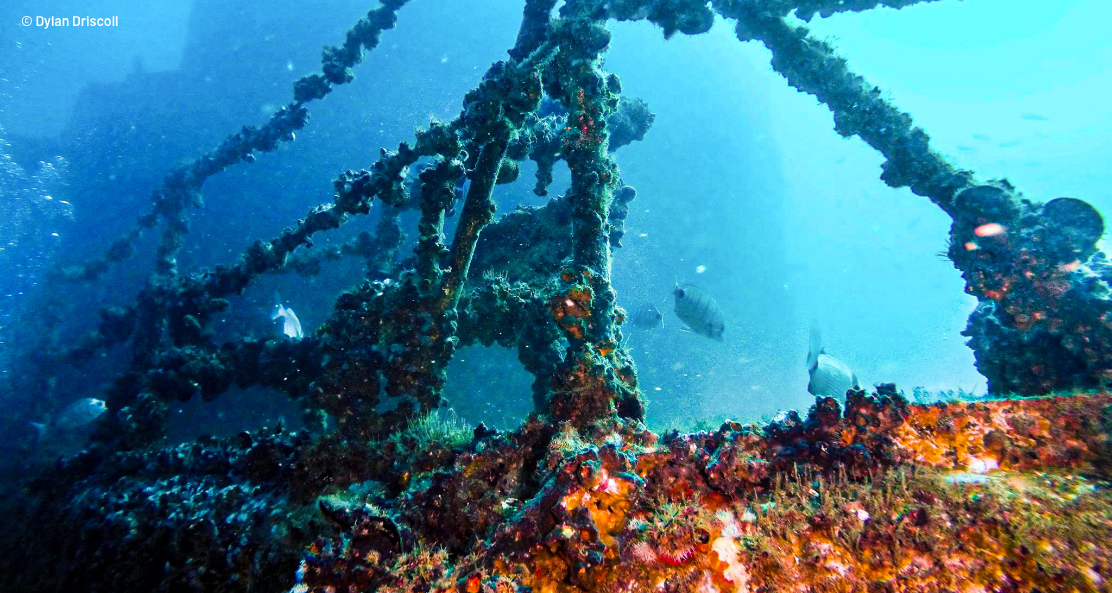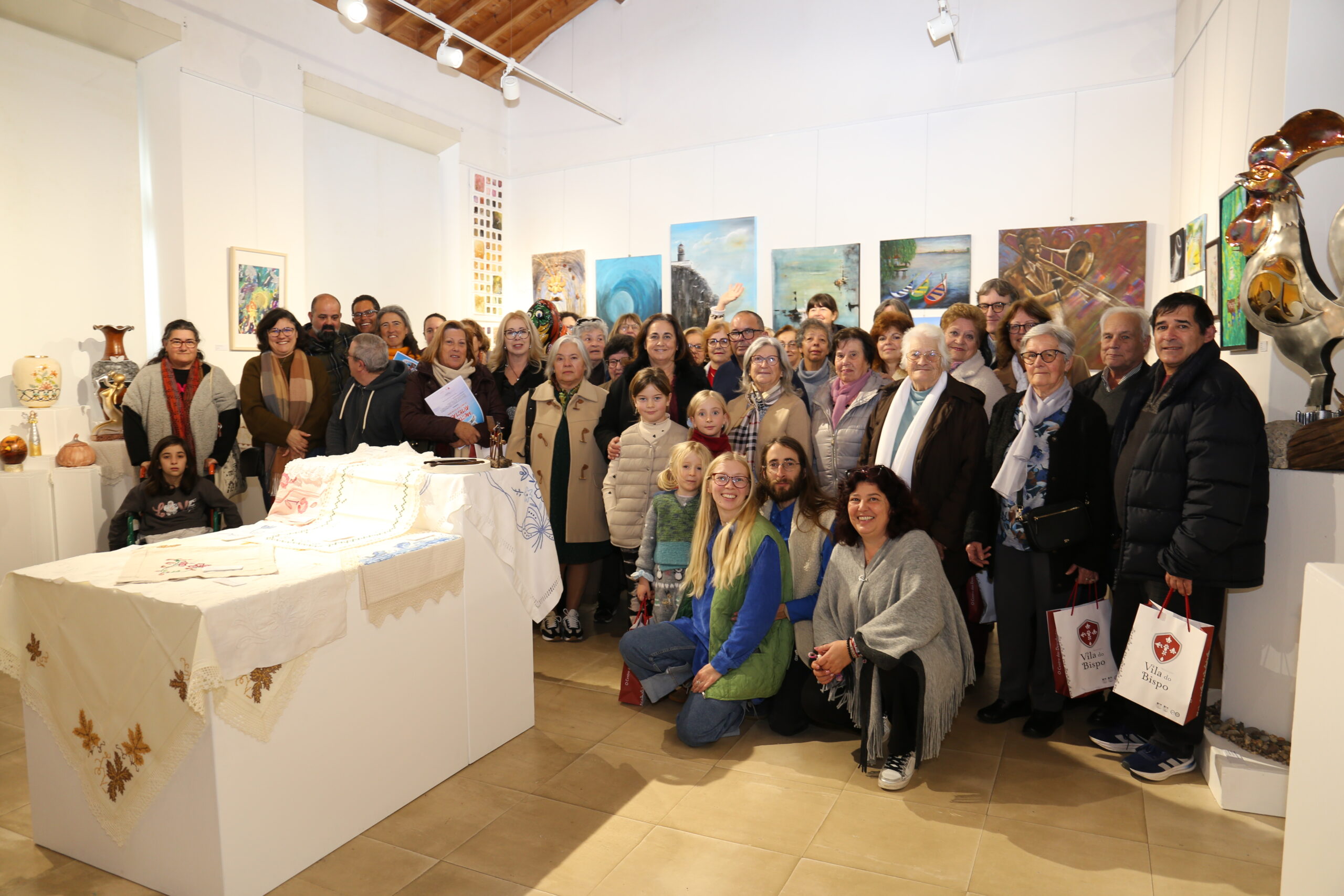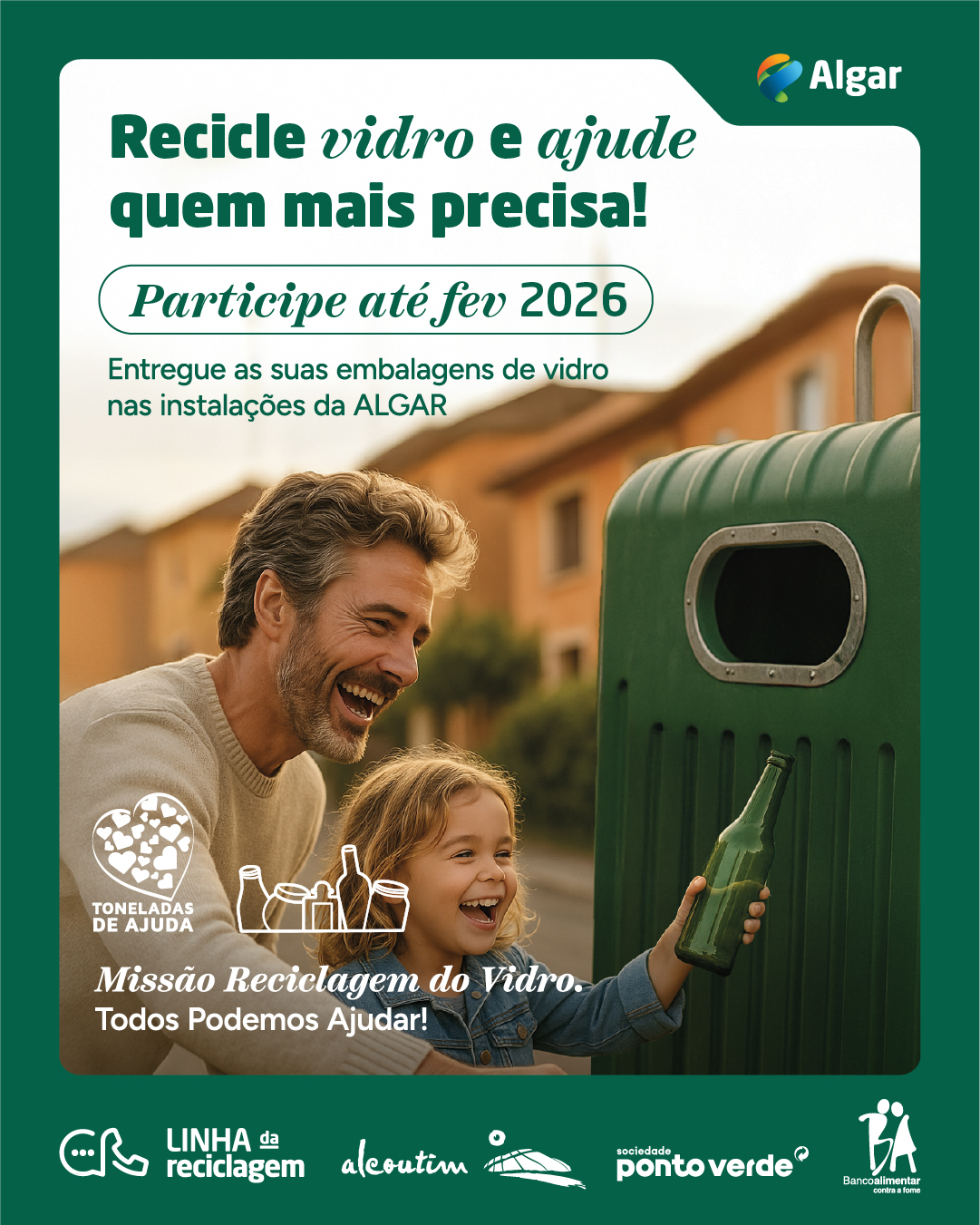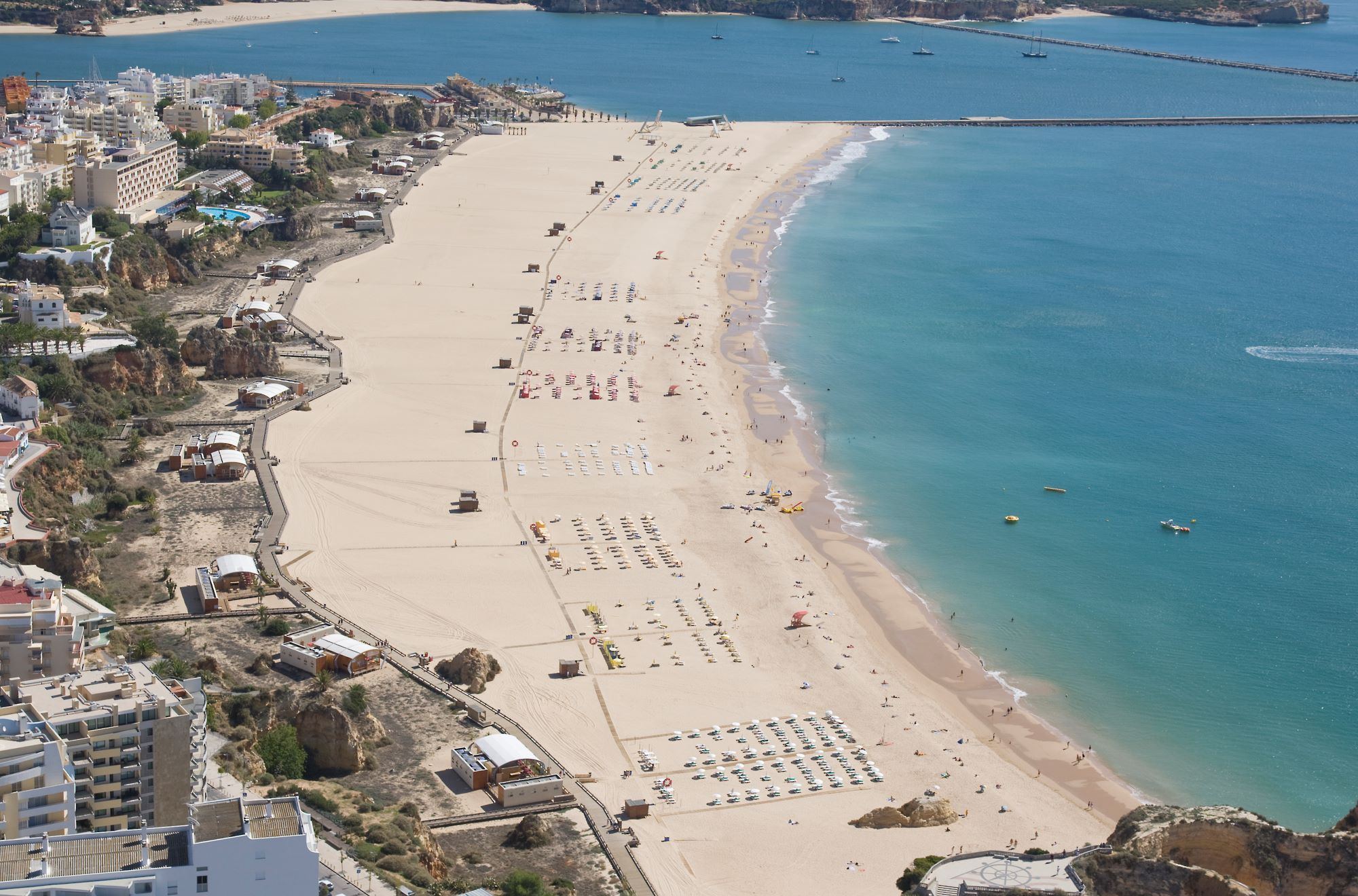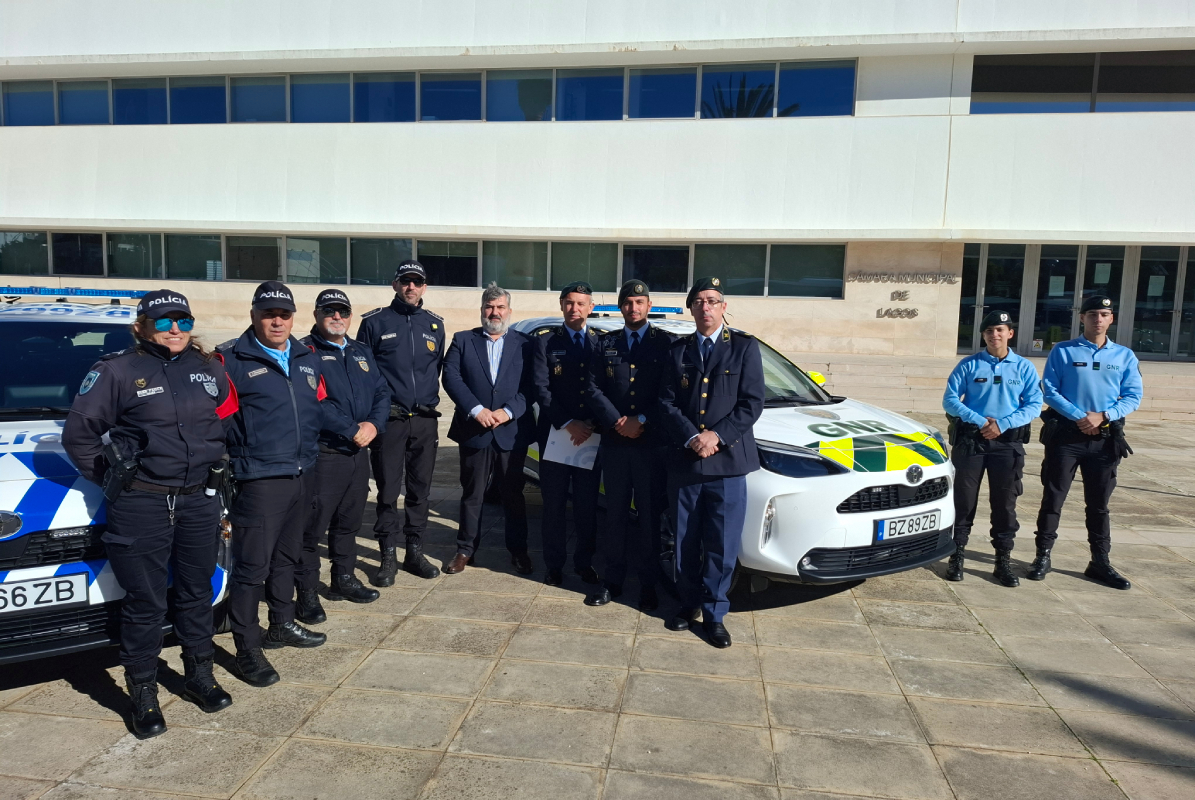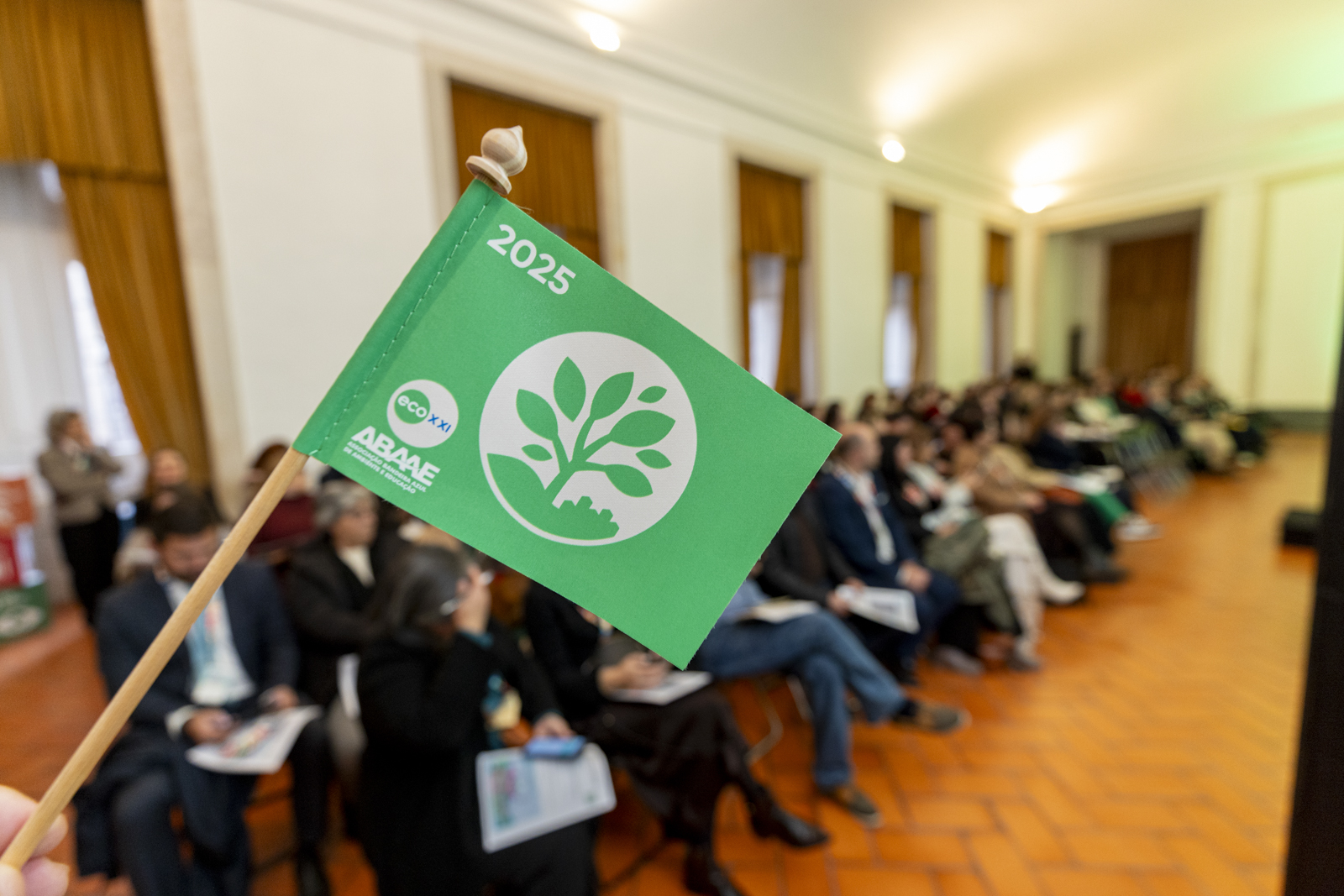By Julian Putley
Over the centuries Portugal’s Algarve coast has seen the demise of many vessels.
It is in a strategic position, lying as it does on the northern approaches to the Mediterranean and the bottle-neck of the Straits of Gibraltar. From the battles of the Napoleonic wars to two world wars, coupled with the wrecks of storms, navigational errors and mechanical breakdowns, the Algarve has more than its share of shipwrecks.
During WW1 several vessels working on behalf of the allied powers were attacked and sunk by a notorious German U boat, SM U-35, commanded by Lothar von Arnauld de la Perriere. Two vessels, in particular, the Wilhelm Krag and the Torvore, were both sunk on the 24th April 1917 and today they comprise two of the best shipwreck dives in the western Algarve.
The Wilhelm Krag, a steam-driven freighter, had been chartered by a British company and although ‘in ballast’ was considered a worthy target. The ship was ordered to disembark the crew and was then dynamited. This caused the ship to sink horizontally making it, today, a perfect dive site. She lies in about 29 to 36 meters in depth. Unfortunately, over the years, fishing nets, lines, hooks, and other debris have entangled the ship. The Lagos dive centre, Dive Time, have had the Herculean task of cleaning it up. She is now home to a wide variety of fish, eels and crustaceans.
The Torvore, a Norwegian flagged vessel also in the sights of the voracious U-35, was dynamited after supplies, food, fuel and water were taken off. The crew were successfully evacuated from the vessel. She lies in 28 to 32 meters on a sand bottom and is in relatively good condition. She was en-route from Swansea to Naples carrying a cargo of charcoal bricks, still visible today.
The explosions of the action were heard in Lagos, and the Portuguese sent an armed tugboat, Galgo to Sagres. The U-35 was identified, but the confrontation lasted only a short time; the small 37-mm Hotchkiss machine gun on the tug boat was no match for the 105-mm guns of the U-35 sub. However, the Portuguese tugboat survived and dedicated the next 48 hours to rescuing survivors.
Other ships were sunk that day and, in 2017, the wrecks of these ships came under the protection of the 2001 UNESCO Convention on the Protection of the Underwater Cultural Heritage, which Portugal ratified in 2006. Divers can now explore, examine and enjoy these wrecks, with much underwater sea life, both fauna and flora and especially fragile corals.
Nuno Mendes, managing partner in Lagos’ PADI-certified Scuba Centre, Dive Time, explained that these two dive sites are perhaps the best real wreck dives on the Algarve coast. Mendes has been instrumental in cleaning up these dive sites from tons of discarded fishing nets and other debris deposited there over the decades. Shipwrecks make excellent habitats for marine life. Now, these historical wrecks are protected from fishing, and the marine ecosystem can begin to flourish again.
Diving on wrecks from actual historical events is often the most fascinating. But some seven or eight years ago a project, Ocean Revival, was envisaged by the owner of Portimão’s premier Scuba operation, Subnauta. In collaboration with the local Câmara, MUSUBMAR, a non-profit association was formed, to create a unique underwater park. The Portuguese navy complied and four decommissioned ships were sunk to create an unparalleled dive site. The ships were the Oliveira e Carmo corvette, the Zambeze patrol ship, the frigate Hermenegildo Capelo and the Almeida Carvalho oceanographic vessel. Situated two miles south of Portimão in approximate depths of 30 metres, these vessels provide a fantastic artificial reef and will take you on a historical maritime journey at the same time.
For something completely different a WW2 plane crash near Faro provides a unique wreck dive. The plane, a four-engine Liberator B-24 bomber, lost radio contact and found itself engulfed in by heavy fog. The US navy bomber eventually ran out of fuel at night and crash-landed in the sea near Faro on the 30th November 1943. Of the eleven crew, six were killed on impact, and five were rescued by local fishermen. A wide field of wreckage can be explored, and this artificial reef is now home to a myriad of underwater life.
There are good diving conditions in the Algarve in spring and summer, but September is the best month with relatively warm, calm and clear water. Learn to dive courses right through to dive instructor are available from Dive Time in Lagos and Subnauta in Portimão.
Dive Time covers the area from Sagres to Portimão, while Subnauta concentrates on the coast from Portimao to Faro but advertises dive sites along the entire Algarve. Other dive centres can be contacted for individual schedules.


